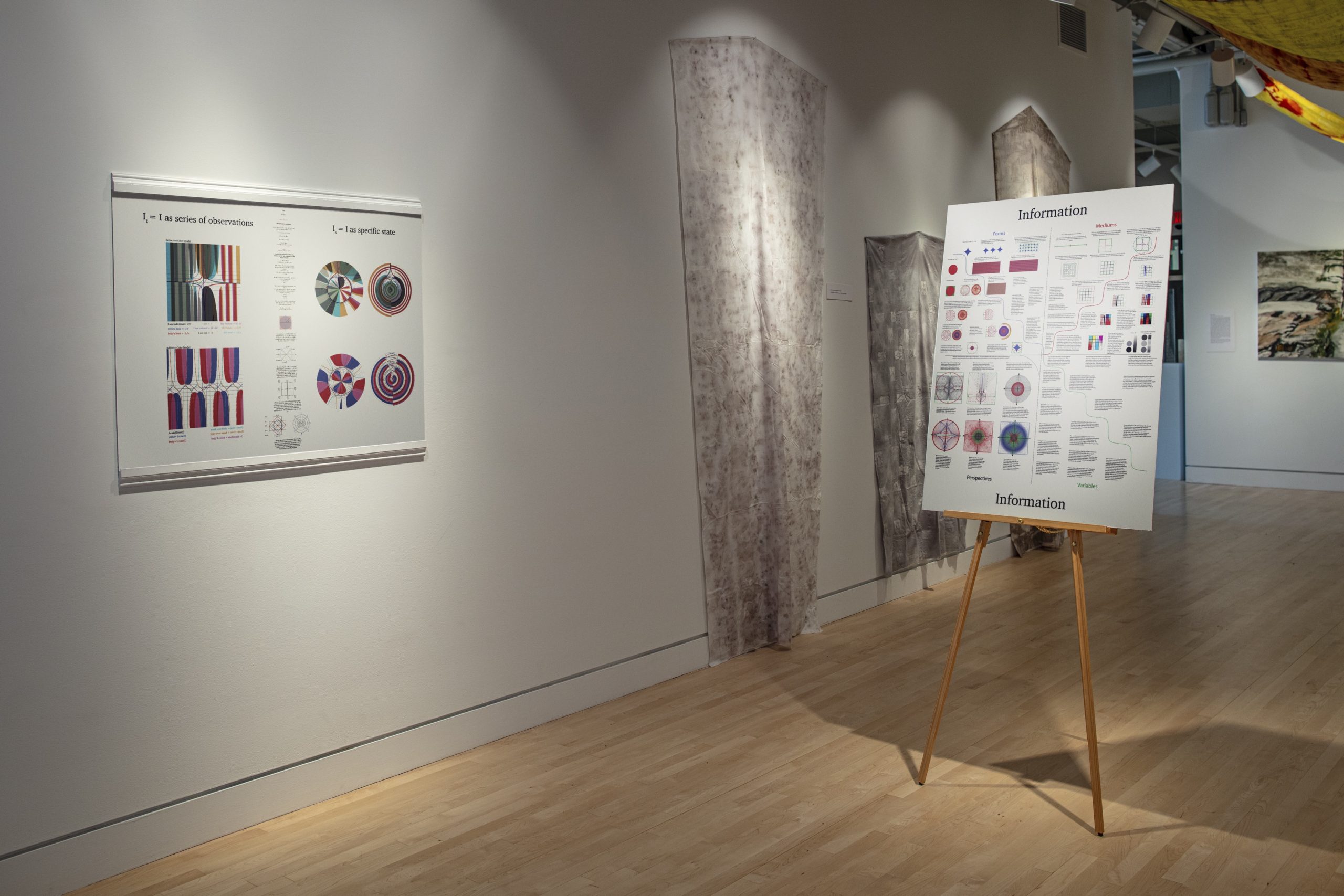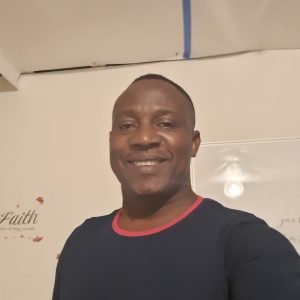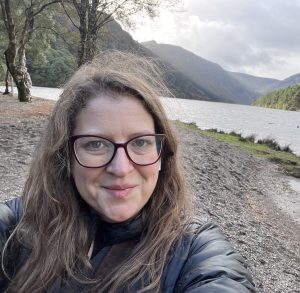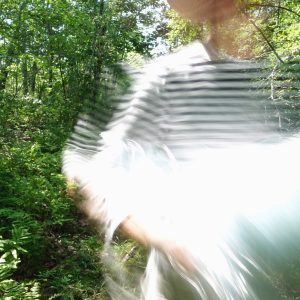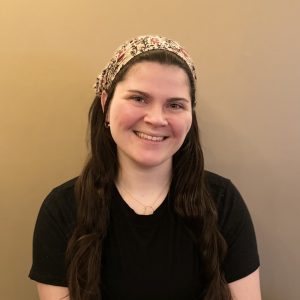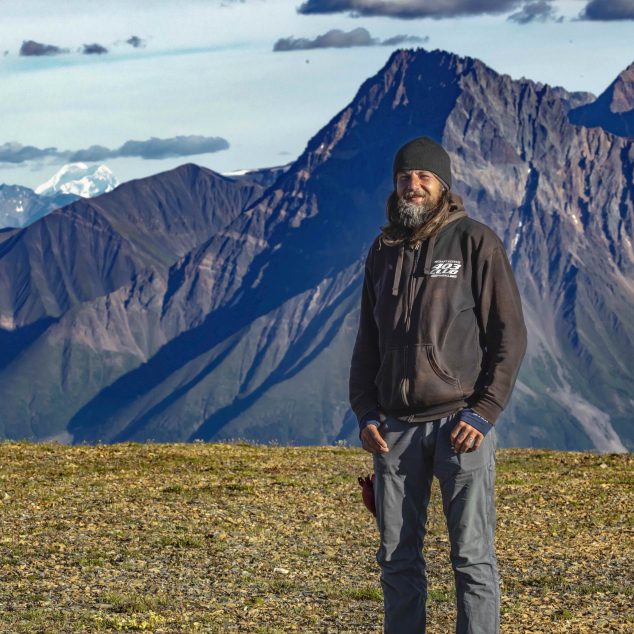
Bio
Never aligning.
Always reorienting.
Luke McKinney (born in 1984), a digital media and installation artist, is captivated by the deceptive nature of human perception. Their work focuses on unraveling the intricate layers of individual perspectives within a shared reality. Luke’s projects deconstruct systems of knowledge to reveal the temporal, physical, and cultural aspects that shape our understanding of the world. By translating these components into various mediums, they facilitate a recontextualization through the artistic process, constructing images, installations, and events that probe the nuances of meaning and challenge intuitive biases.
Luke’s artistic journey began with a foundation in Experimental New Media and Documentary Theory at the Kansas City Art Institute (KCAI). Their exploration of how perspective, representation, time, and medium intersect to shape perceptions of reality has led Luke to navigate between personal introspection and collaborative ventures. In 2008, Luke helped cofound an artist collective, Gnarly Enterprises, that helped draw together artists, local business, and the public through online media and culminating events. During this time they also participated in the creation of an artist collective run gallery in Kansas City, The Roost Gallery. In 2011, Luke began specializing in timelapse, motion control, and specialty camera photography, documenting remote wilderness areas and villages worldwide for projects such as National Geographic’s Life Below Zero and the Travel Channel’s America the Beautiful.
His time living in the remote wilderness of Alaska from 2015 to 2018 deepened his exploration of temporal experiences, influencing his subsequent work upon returning to Kansas City. Luke’s commitment to investigating human perceptions of time led to projects like the year-long timelapse documentation of Andy Goldsworthy’s The Walking Wall at the Nelson-Atkins Museum of Art. Concurrently, Luke developed and taught a course titled, Human Perceptions and Representations of Time: Timelapse for Photography, Film, and Animation that was taught at KCAI. Luke has also taught workshops regarding the intersection of wilderness, human perception, and art at the Tallgrass Prairie National Preserve Artist Residency, the Wrangell Mountain Center, and on the University of Maine campus.
Currently pursuing a Masters of Fine Arts degree in Intermedia, Luke is actively contributing to the discourse surrounding Artistic Research and its significance within academia and cultural knowledge production. Upon completing their degree, Luke plans to continue teaching while considering further academic pursuits, potentially including a PhD in Artistic Research.
Artist Statement
Luke McKinney is an installation and media artist who’s practice involves the construction of illusions within virtual dimensions and utilizes theories of documentary filmmaking to configure physical dimensions. By utilizing the syntax of filmmaking, they aim to transverse the boundary between perception and reality.
Through their installations and images, McKinney explores the interplay between the virtual and physical realms, inviting viewers to reconsider their understanding of space, time, and sensory perception. By manipulating cinematic techniques and merging them with physical environments, they place experiences that challenge traditional notions of reality.
McKinney’s approach blurs the lines between the tangible and the imaginary, inviting viewers to question the nature of their own perceptions and the constructed nature of reality itself. By pushing the boundaries of traditional filmmaking and new media installation art, McKinney invites audiences to engage with new ways of seeing and experiencing the world around them.
Thesis Work
Previous Works

Unnamed Mountain, 2022
Materials: 10’x20’ semi reflective photo drop cloth, monofilament, swivels, QR code to linktree of source information
Unnamed Mountain is an installation that prompts contemplation on object delineation, nomenclature, and the static versus temporal nature of definition. Crafted as a 1/1200 scale replica of a nameless yet picturesque peak, the piece suspends a reflective drop cloth to recreate its form, inviting viewers to engage with its aesthetic allure. Through deliberate design choices, including limited information access and interactive elements, the artwork encourages introspection and exploration of the mountain’s conceptual and contextual significance.
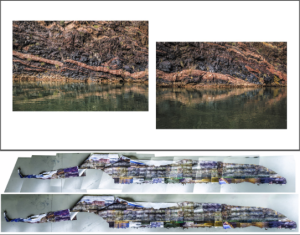
Cognitive Geology, 2022
Cognitive Geology is a body of work that explores the intersection of reality, experience, and memory, utilizing scientific recontextualizations to delve into the process of perception and memory formation. The artwork, positioned within the wilderness of the Grand Canyon, invites audiences to reflect on their perception of place and time, employing techniques such as photographic prints, looping video based pieces, and kinetic installations to convey the evolving nature of memory and the subjective interpretation of reality. Through various stages of creation and manipulation, the artwork evolves, reflecting the dynamic nature of memory and the geological processes it metaphorically embodies. These concepts were exposed as inkjet prints, stickers, digital animations, and installation works.
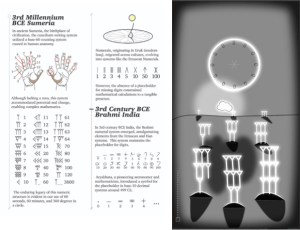
A History of Nothing, 2023
Materials: Vertically oriented looping animation, two page narrative key
Following the nonlinear path through the early symbolizations of the concept of nothing, from Sumeria to the Indus Valley and back to Western Culture. This animation utilizes a looping format to provide a meditative space to consider the multicultural development for the symbolization of the concept of nothing.
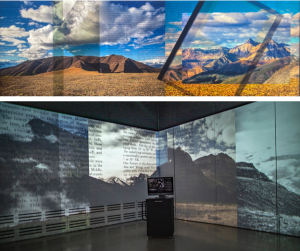
Reconstruction, 2023
“Reconstruction” is a 3D projection space, blending diverse perspectives and knowledge sets to create a spatiotemporal representation of Wrangell-St. Elias National Park in Alaska. By correlating thousands of photographs with GPS metadata, the installation allows users to select locations and view images based on local time, revealing biases and complexities in representation. Overlaid academic texts add depth, evolving over time to reflect changing interpretations and connections. Users navigate the illusory space prompts reflection on the specificity of experience and the broader context of representation.

